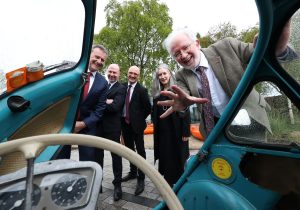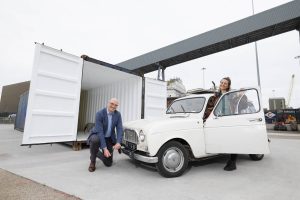The ‘Distributed Museum’ is the working title of an initiative by Dublin Port to promote awareness and public engagement with physical elements of Port heritage and amenity assets of the Port.
The idea of a Distributed Museum can be integral to the concept of the Port-City integration outlined in the Port’s Conservation Strategy as a strategic planning framework embracing the heritage of the Port and its setting.
The Dublin Port Diving Bell and reconfigured and publicly accessible Pumphouse and Substation, represent visible testament to its commitment to celebrate and foster Port-City integration.
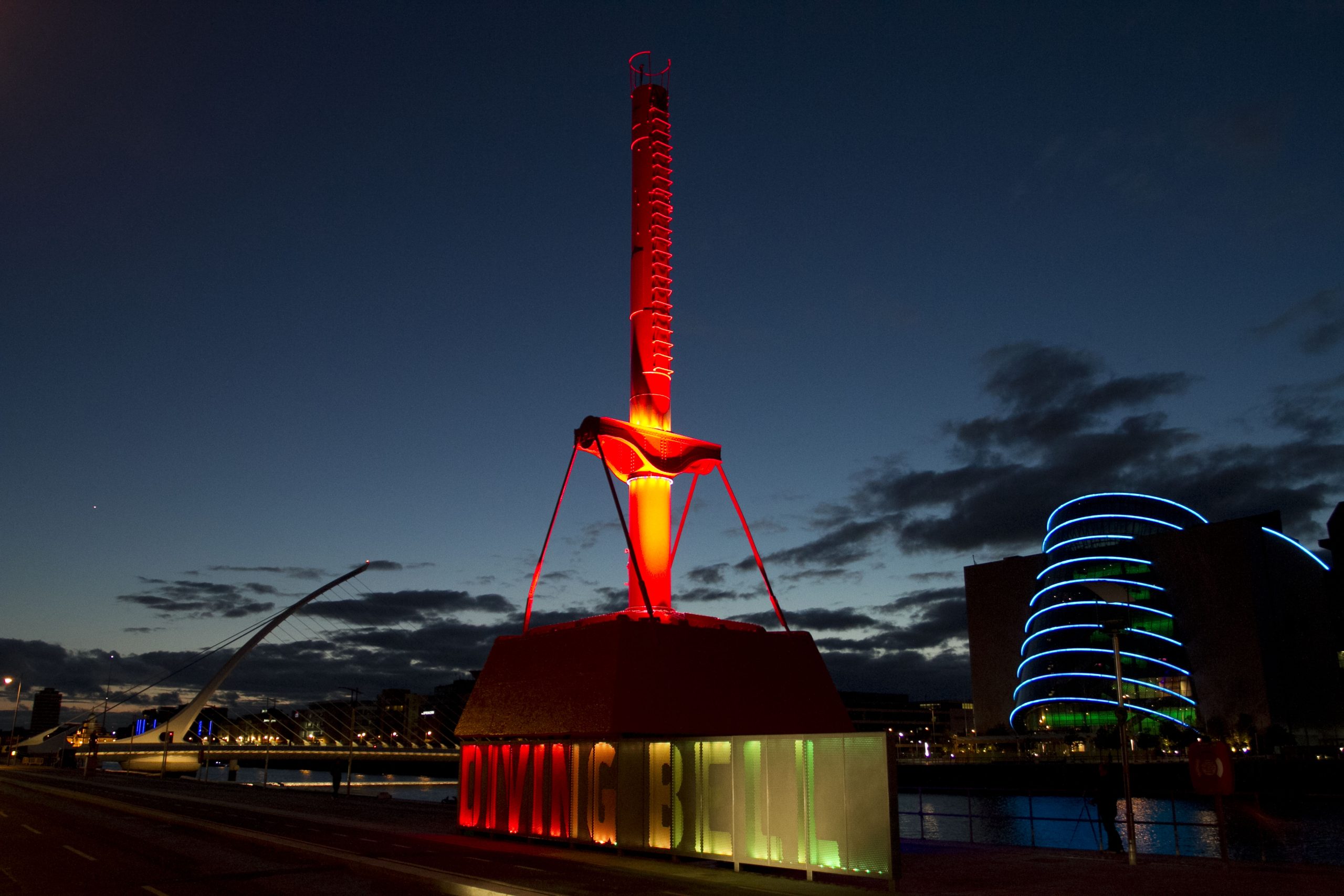
Diving Bell
The Diving Bell used in the building of the Port’s quay walls from the Victorian era right up until almost the 1960s is a remarkable feat of Irish engineering, designed by the port engineer Bindon Blood Stoney (1828 to 1907) and built by Grendon and Co., Drogheda.
It was delivered to Dublin Port in 1866, entered service in 1871, and was used in the building of the Port’s quay walls until 1958. Stoney was a prodigious engineer and among his achievements was the building of the Boyne Viaduct in Drogheda, the construction of O’Connell Bridge, and the building of many of the Port’s quay walls including Sir John Rogerson’s Quay and North Wall Quay Extension. It was a ground-breaking piece of engineering innovation in its day.
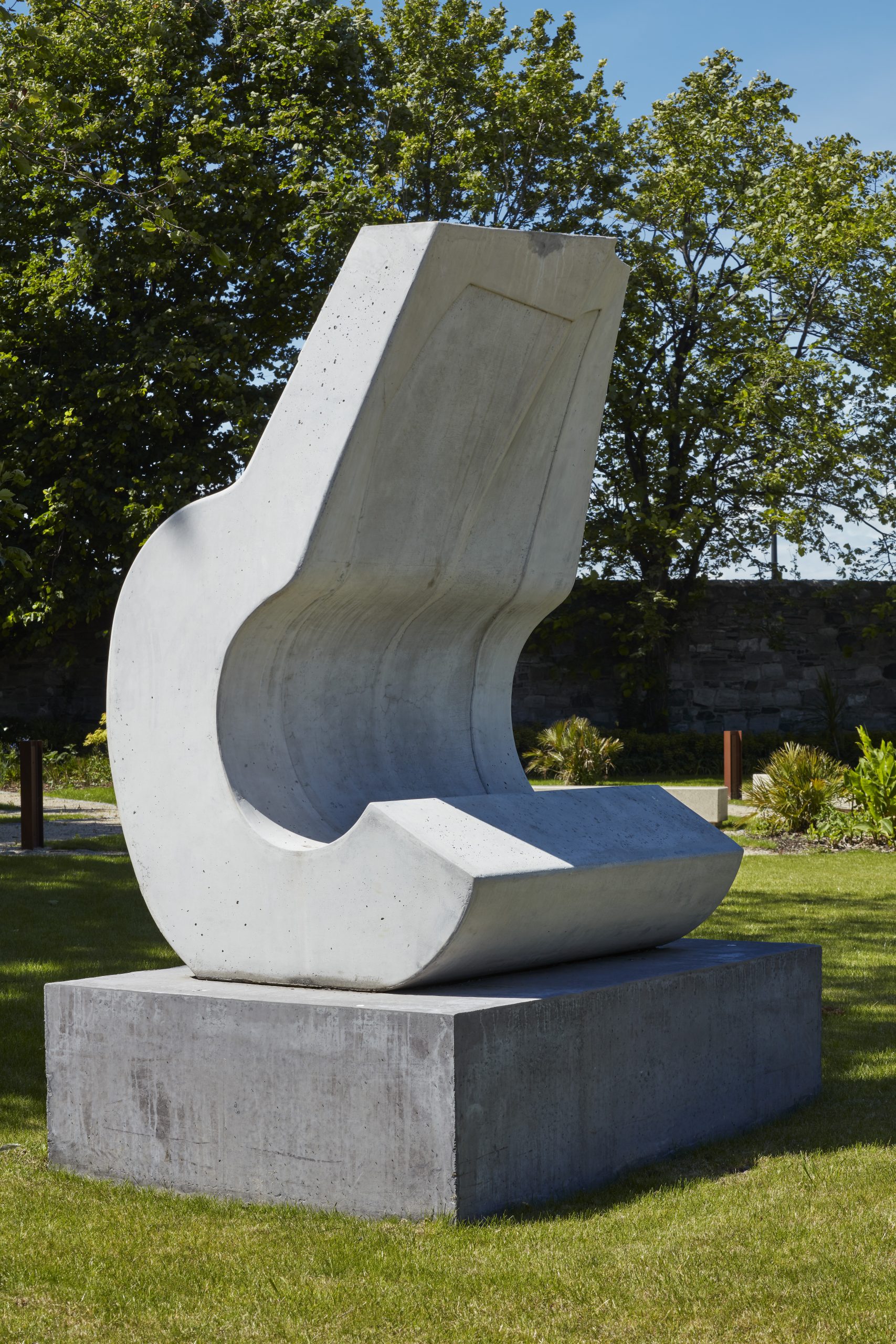
Port Centre and Maritime Garden
South of Port Centre is a landscaped maritime garden with distributed seating, accessible from a footbridge that connects the relocated car park facilities. NCAD graduate and Irish artist Eimear Murphy’s sculpture ‘The Drop’ features in the garden.
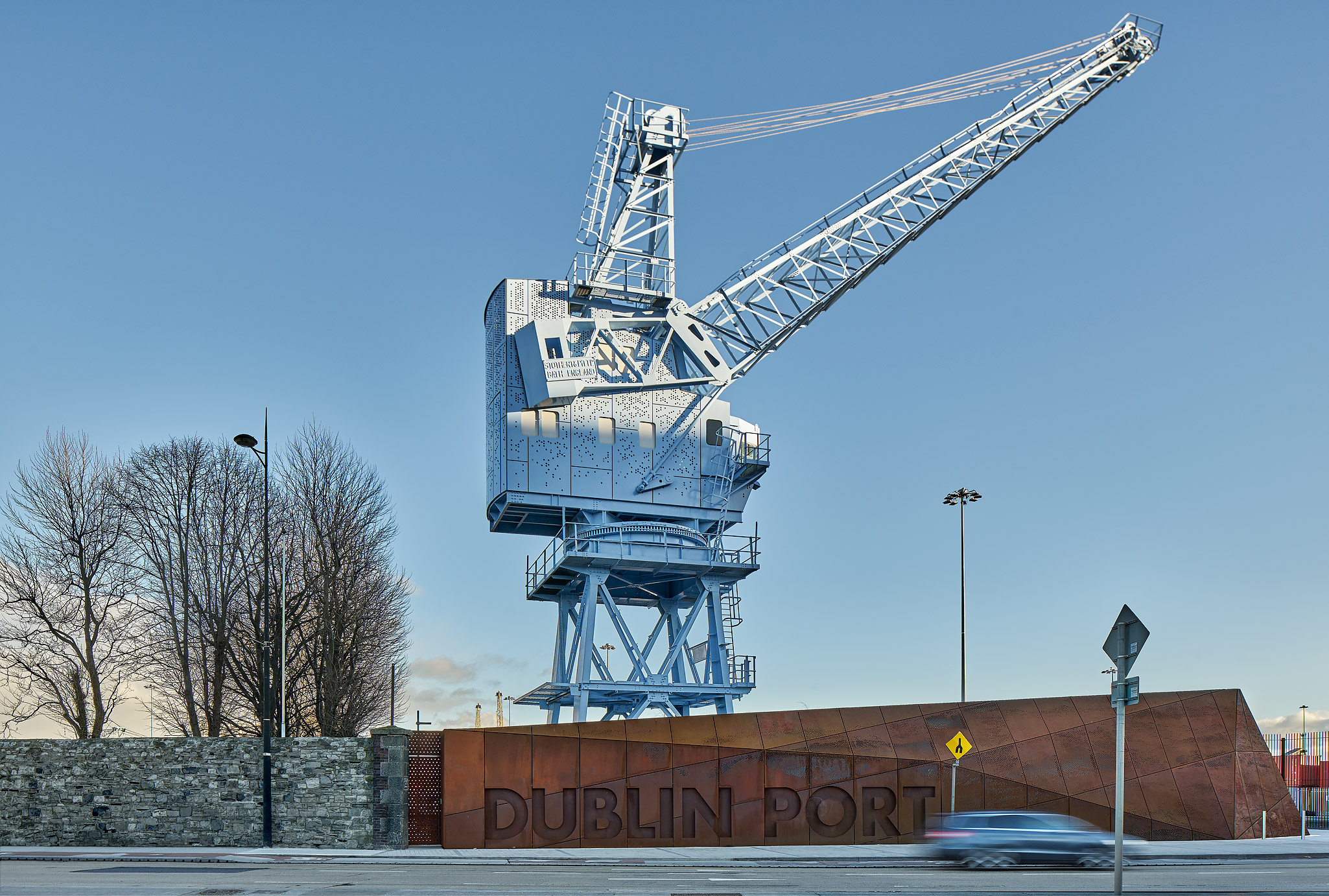
Crane 292
Crane 292 is steeped in Port history having served as a ‘workhorse’ loading and unloading bulky material from ships at Alexandra Quay from 1964 until its retirement in 1997. It was constructed by the famed Stothert and Pitt company of Bath, whose origins dated back to the great Victorian era of engineering. Crane 292 derived its name from its position as the second crane at berth 29 in an era when cranes were synonymous with the City and Port skyline – with up to 60 cranes at that time extending right down to Custom House quay, much closer to the city centre.
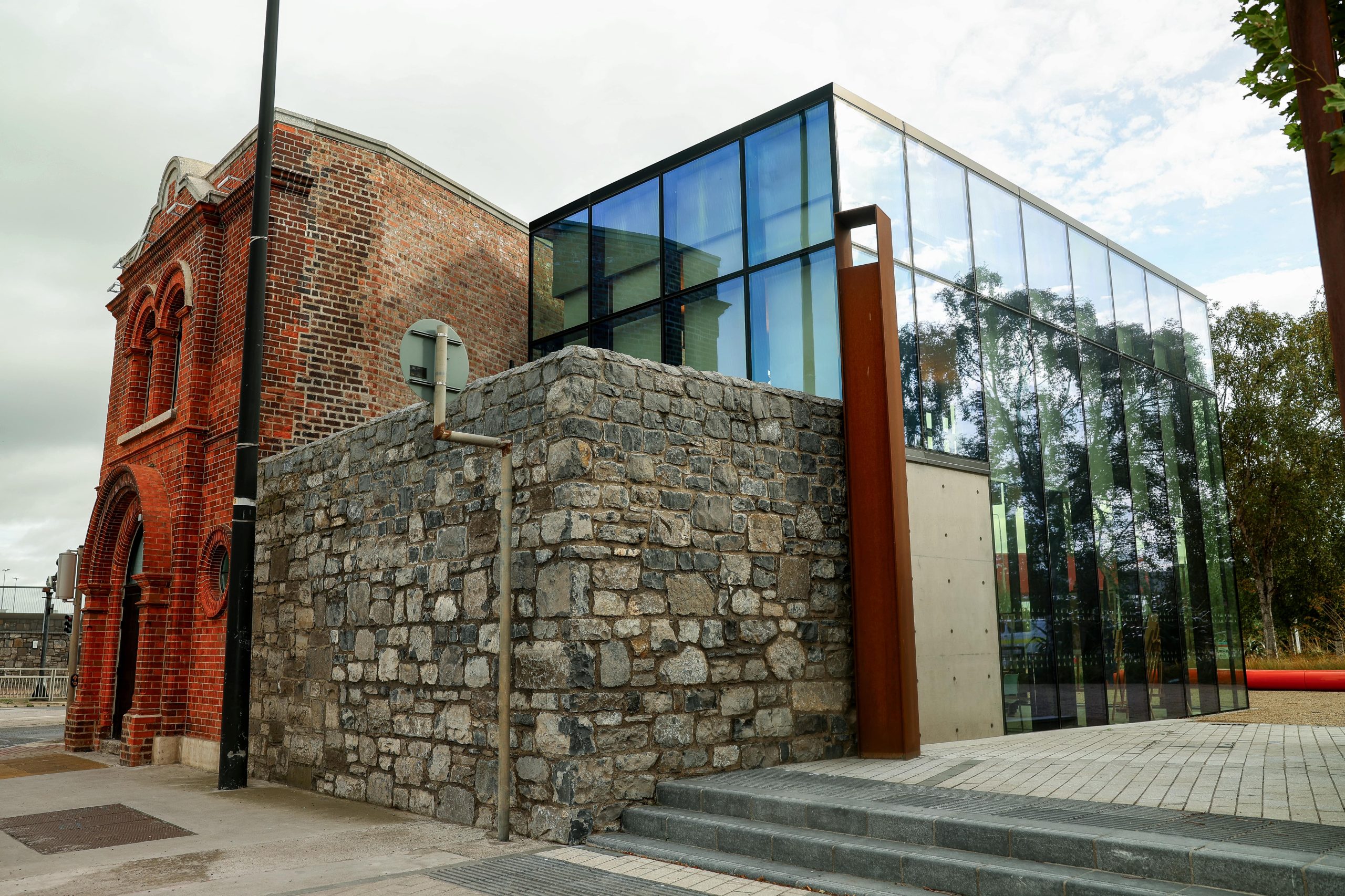
Substation
The Substation, built in the early 20th century, is located on the corner of East Wall Road and Alexandra Road, once played a pivotal role in the early electrification of Dublin Port. The building has been expertly restored and reimagined by the team at Dublin Port – with the help of Dunwoody & Dobson and Darmody Architecture – as a modern museum a central role in telling Dublin Port’s story.
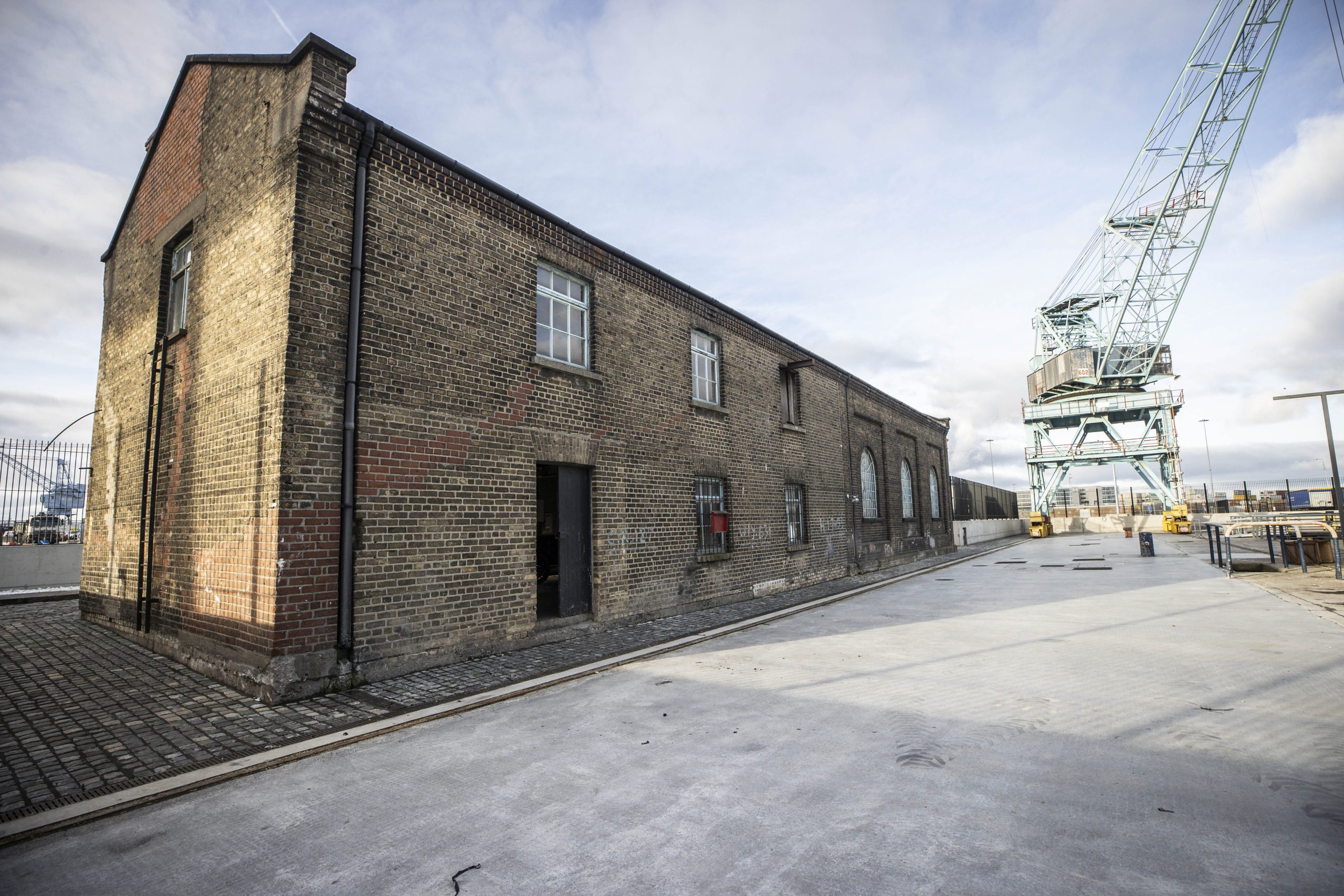
Pumphouse
The Pumphouse formerly housed the steam engine which powered the gates of Graving Dock 1 has been repurposed by Dublin Port into an artistic and cultural venue and is a key part of the Heritage Zone at Dublin Port.
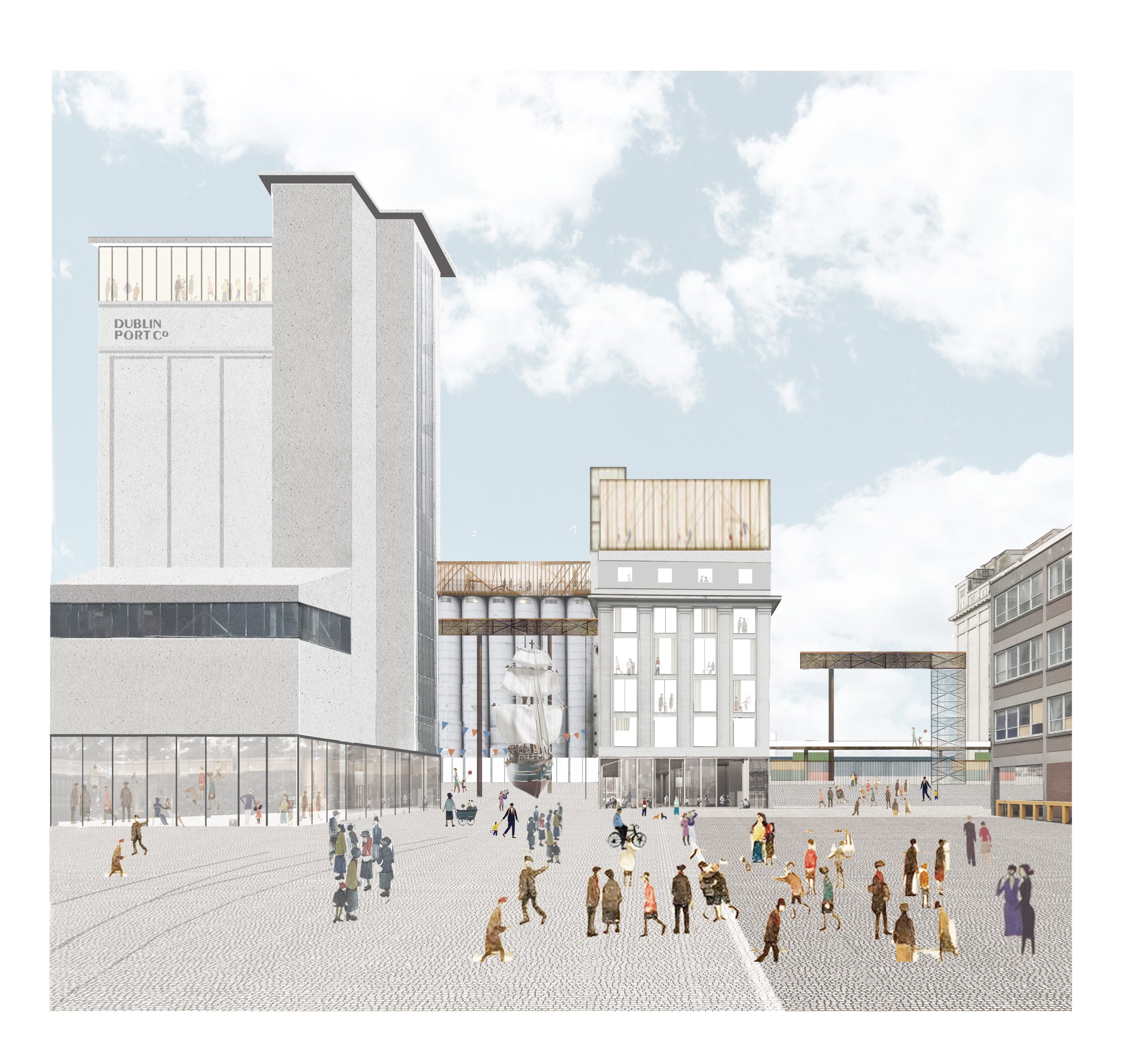
Flourmill and Flourmill Masterplan
The former Odlums Flour Mill will be transformed into an Artists’ Campus in partnership with the Arts Council. The campus will offer 5,000 square meters of artists’ studios, rehearsal rooms, workshops and performance venues. This project will also integrate a National Maritime Archive, creating a unique visitor destination that combines port operations with cultural and educational opportunities.
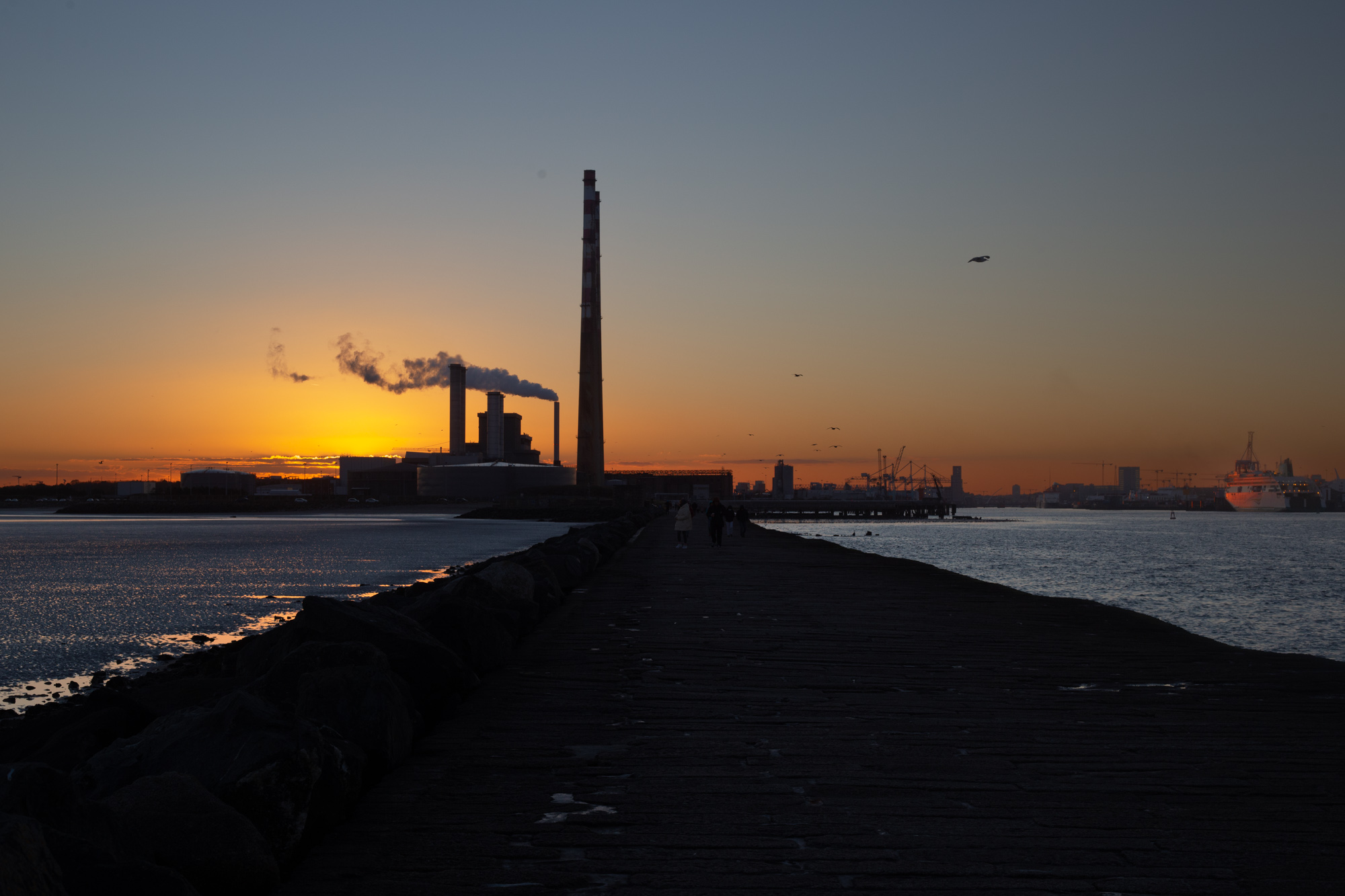
Great South Wall
As one of the oldest and longest sea walls in Europe, the Great South Wall is a popular tourist attraction and one of Dublin’s most visited walks, welcoming over 300,000 visitors per year. Remarkably the wall still stands in its original form, protecting the channel to Dublin Port and facilitating the safe passage of commercial shipping which accounts for at least 60% of Ireland’s imports.
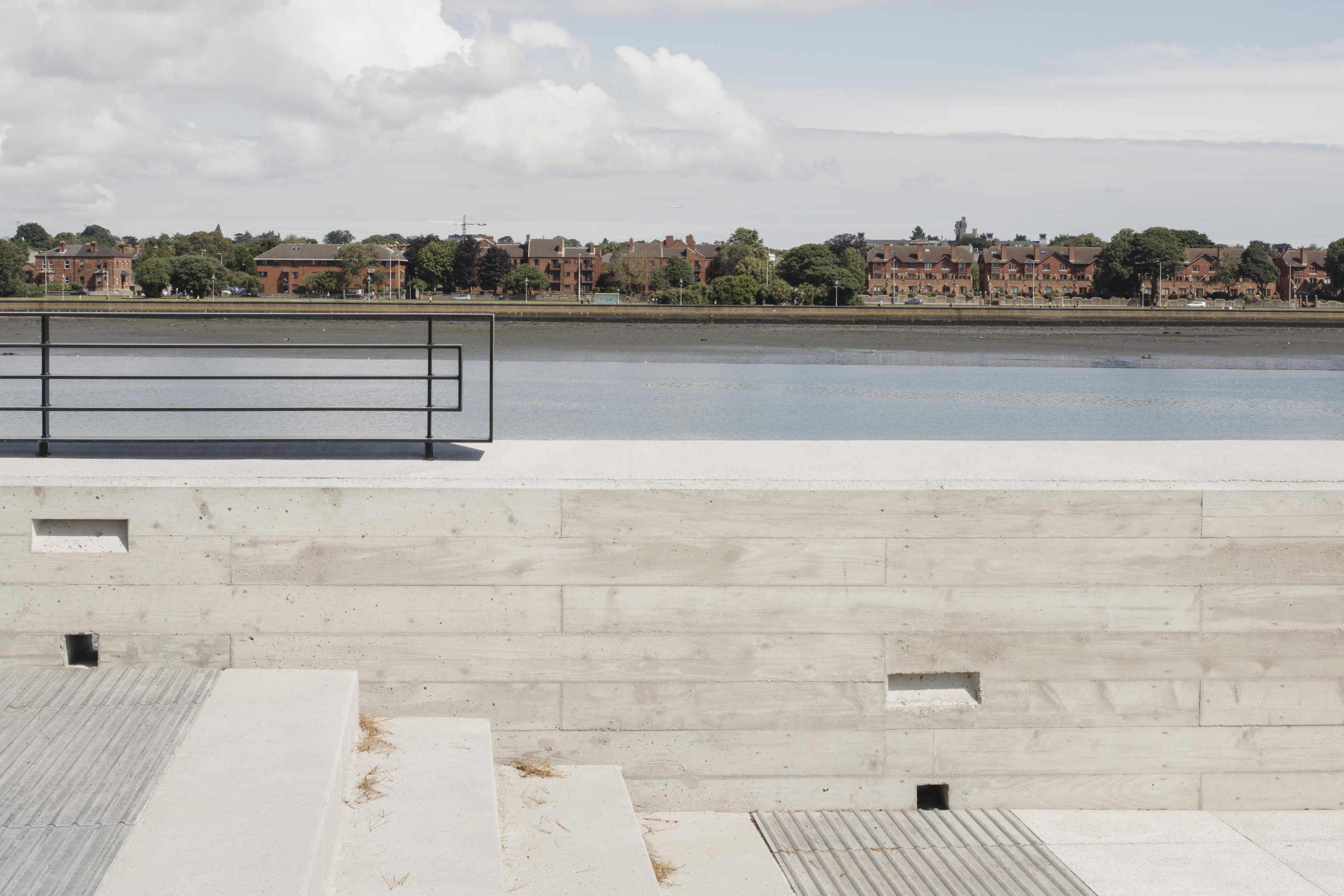
Dublin Port Greenway
The Dublin Port Greenway is a 3.2km dedicated route for cycling and walking, running along the northern edge of Dublin Port and offering views of the Tolka Estuary. This new Greenway opens up a previously inaccessible part of the Port, providing scenic vistas and enhancing connectivity. As a key element of Dublin Port’s Tolka Estuary Project, it integrates with the city’s Greenways, creating a more accessible and engaging Port experience. Additionally, it is part of the Eurovelo Network, a vast system of long-distance cycling routes across Europe. The Greenway reflects the goals of Masterplan 2040, aiming to transform Dublin Port into a vibrant, land-efficient destination that celebrates both its historic and natural heritage.
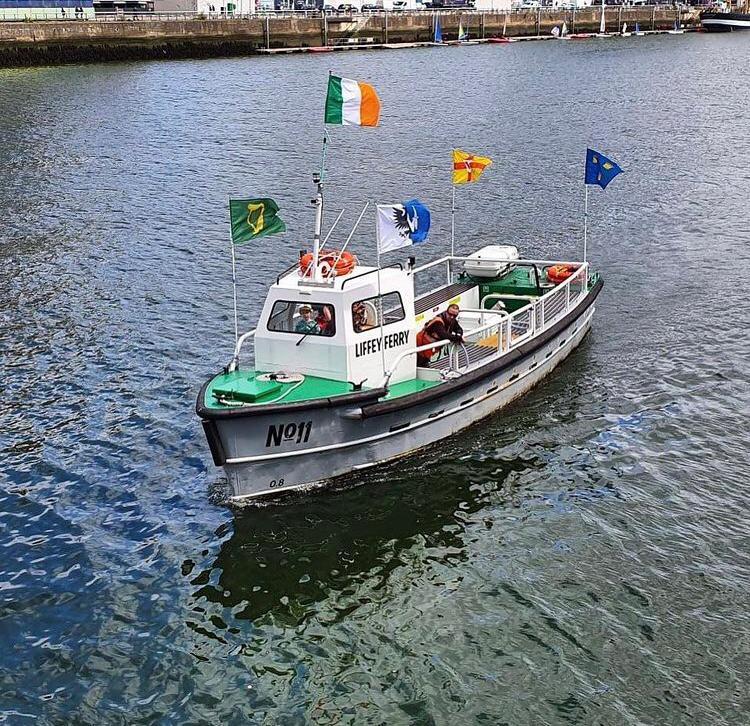
Liffey Ferry
The Old Liffey Ferry operates under the umbrella of the Irish Nautical Trust, on behalf of Dublin Port Company The Old Liffey Ferry serves as both a touring vessel and a training vessel for people wishing to learn the maritime trade and make a career on the river or out at sea.
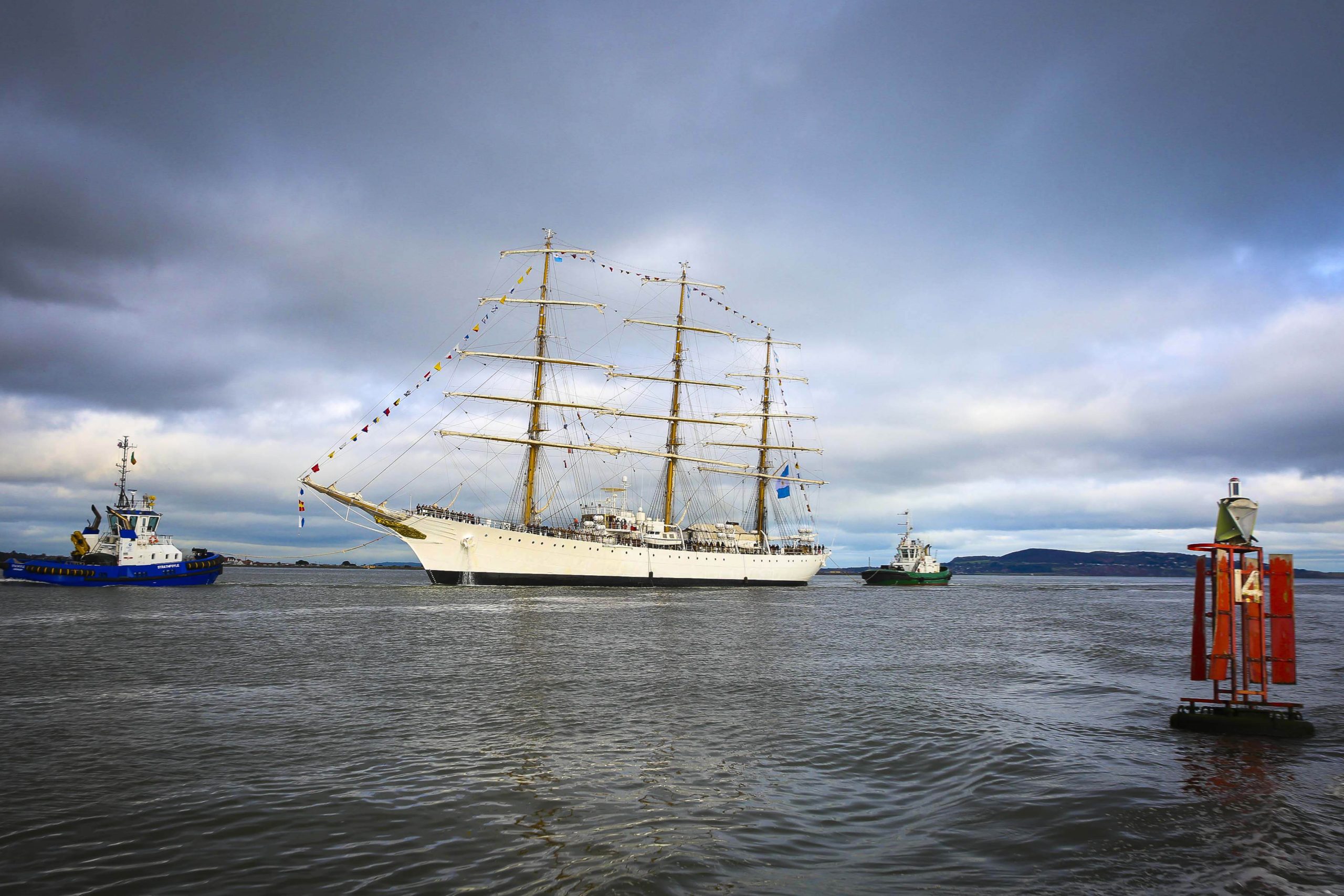
Visiting Tall Ships
At Dublin Port, we have the pleasure of welcoming many tall ships throughout the year. Open to the public for viewing, these tall ships are always a welcomed sight to many of Dublin’s population and beyond. Dublin Port have continued to partner with Sail Training Ireland and has welcomed many of their gorgeous ships to the Port as part of their yearly training service.
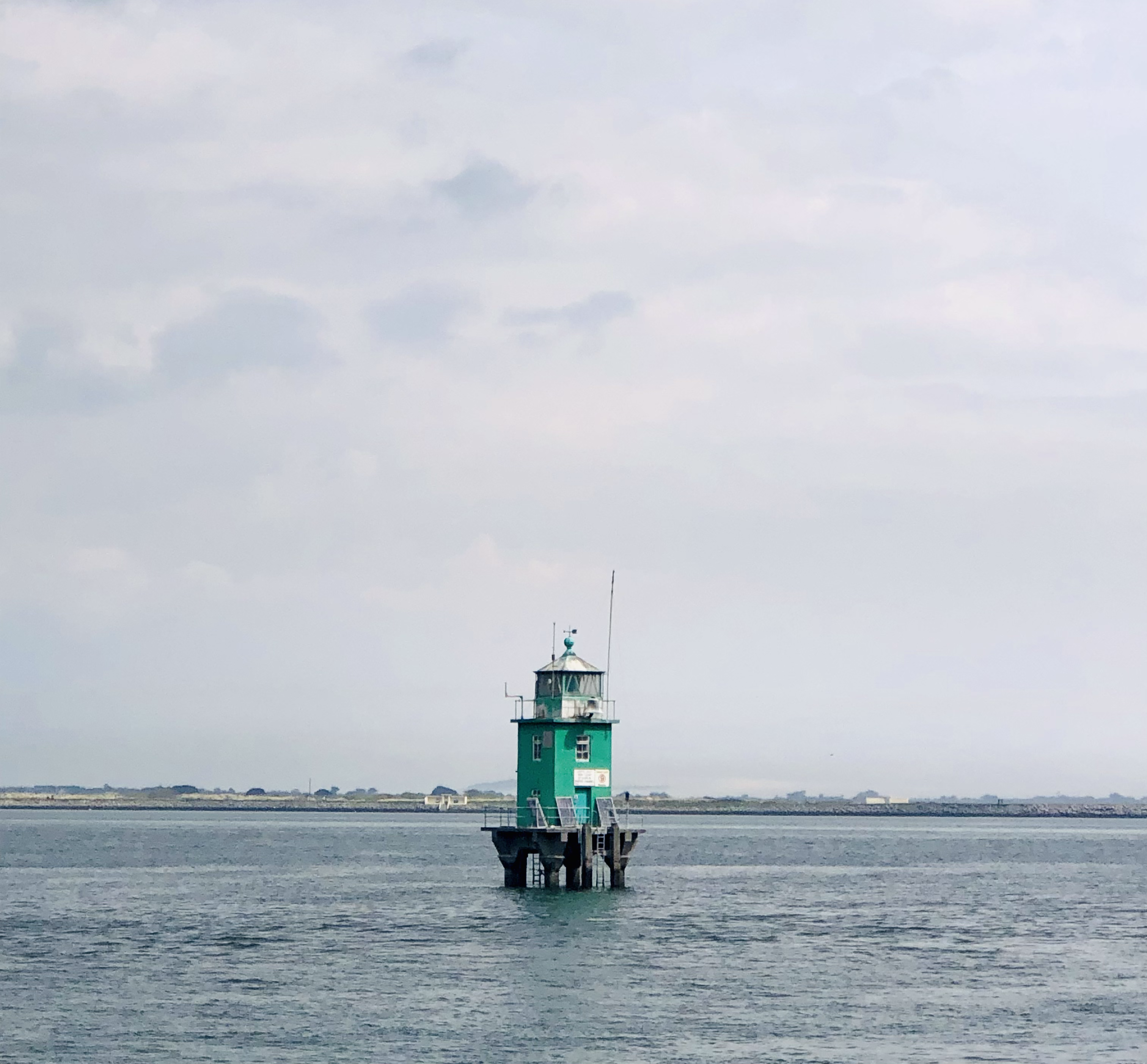
Lighthouses
There are four lighthouses in Dublin Bay operated and maintained by Dublin Port which are active navigation aids and greet all the ships as they enter Dublin Port, Poolbeg Lighthouse, North Bull Lighthouse, North Wall Lighthouse and North Bank Lighthouse.
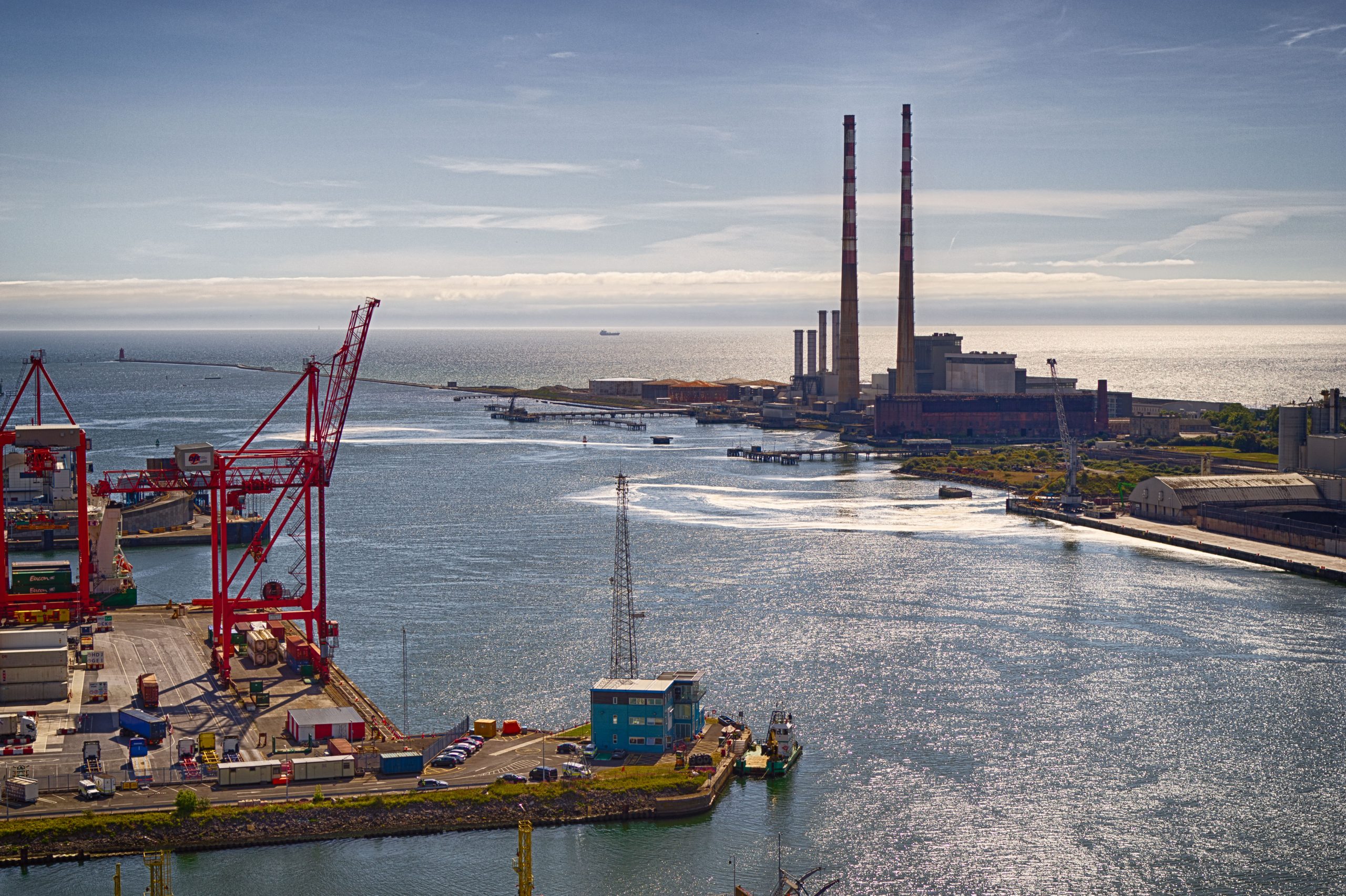
Heritage Conservation Strategy
The Conservation Strategy maps the layers of Dublin Port, which include findings on the floor of Dublin Bay, discoveries underground from archaeological digs and the industrial history of the built environment still standing on the Dublin Port estate. This is the first time Dublin Port’s heritage has been mapped on this scale in its 300-year history.


